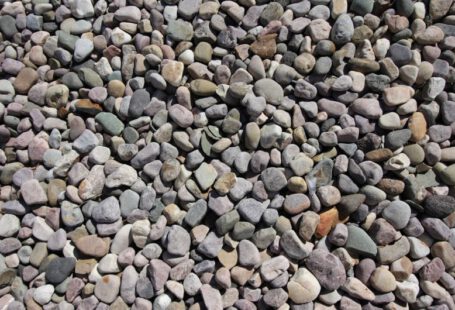Soil erosion can pose a significant threat to the health and productivity of your garden. It occurs when topsoil is washed away by water or blown away by wind, leaving your plants vulnerable and your landscape barren. If left unchecked, soil erosion can lead to nutrient depletion, reduced water retention, and overall diminished plant growth. However, there are several effective strategies you can implement to combat soil erosion and preserve the integrity of your garden. By understanding the causes of soil erosion and taking proactive steps to address them, you can create a thriving garden environment that will flourish for years to come.
Identifying the Causes of Soil Erosion
Before you can effectively address soil erosion in your garden, it is essential to understand the underlying causes. One of the primary contributors to soil erosion is poor drainage. When water is not able to properly drain away from your garden, it can lead to excess moisture in the soil, making it more prone to erosion. Additionally, steep slopes and heavy rainfall can exacerbate the problem, as the force of the water can easily wash away topsoil. Compacted soil, which occurs when the soil particles are pressed tightly together, can also increase the likelihood of erosion by preventing water from infiltrating the soil and instead causing runoff.
Implementing Effective Solutions
Implementing effective solutions to combat soil erosion in your garden is crucial to preserving the health of your plants and the integrity of your landscape. By taking proactive steps to address the causes of erosion, you can create a more sustainable and resilient garden environment.
Improving Drainage
Improving drainage is one of the most effective ways to combat soil erosion in your garden. By ensuring that water can flow freely away from your plants and landscape, you can prevent excess moisture from accumulating in the soil and reduce the risk of erosion. Consider installing French drains or swales to redirect water away from vulnerable areas and towards more absorbent soil. Additionally, adding organic matter such as compost to your soil can help improve its structure and drainage capabilities, reducing the risk of erosion.
Planting Ground Cover
Planting ground cover is another effective strategy for preventing soil erosion in your garden. Ground cover plants, such as clover or creeping thyme, help to stabilize the soil and prevent it from being washed or blown away. Their dense root systems hold the soil in place and create a protective barrier against erosion. Consider planting ground cover in areas of your garden that are particularly prone to erosion, such as slopes or bare patches of soil.
Mulching
Mulching is a simple yet effective way to reduce soil erosion in your garden. By applying a layer of mulch to the soil surface, you can help to retain moisture, prevent runoff, and protect the soil from erosion. Organic mulches, such as straw or shredded bark, are particularly effective at improving soil structure and reducing erosion. Additionally, mulch can help to suppress weeds, which can contribute to erosion by displacing soil and competing with your plants for nutrients.
Conclusion: Creating a Sustainable Garden Environment
By implementing these strategies and taking proactive steps to address the causes of soil erosion in your garden, you can create a sustainable and thriving garden environment. Improving drainage, planting ground cover, and mulching are effective ways to prevent erosion and preserve the health of your plants and landscape. With proper care and attention, you can protect your garden from the damaging effects of soil erosion and create a beautiful and resilient outdoor space that will flourish for years to come.





